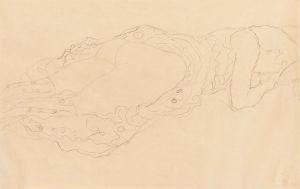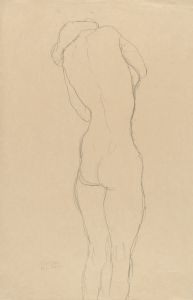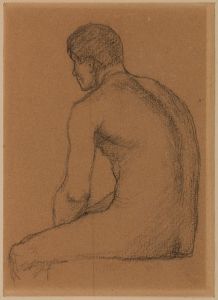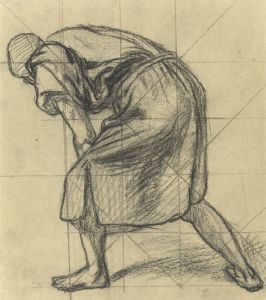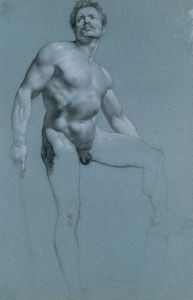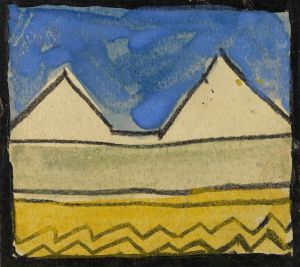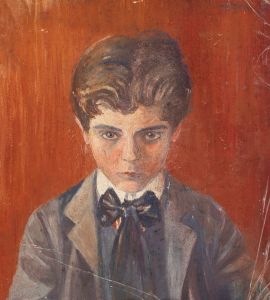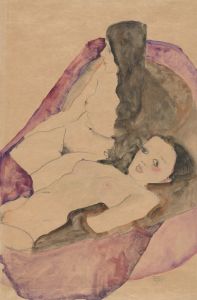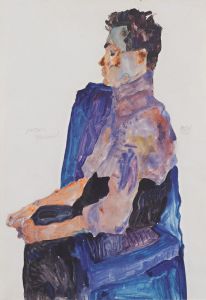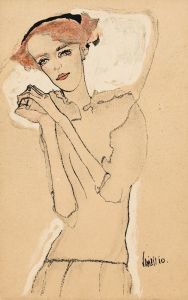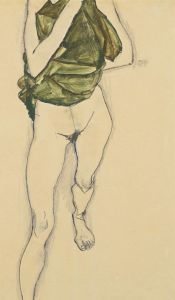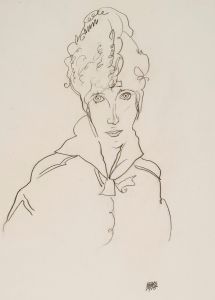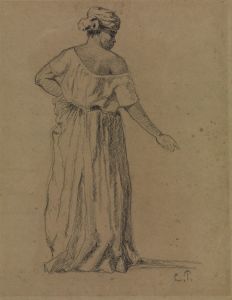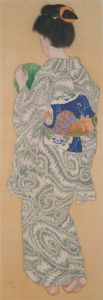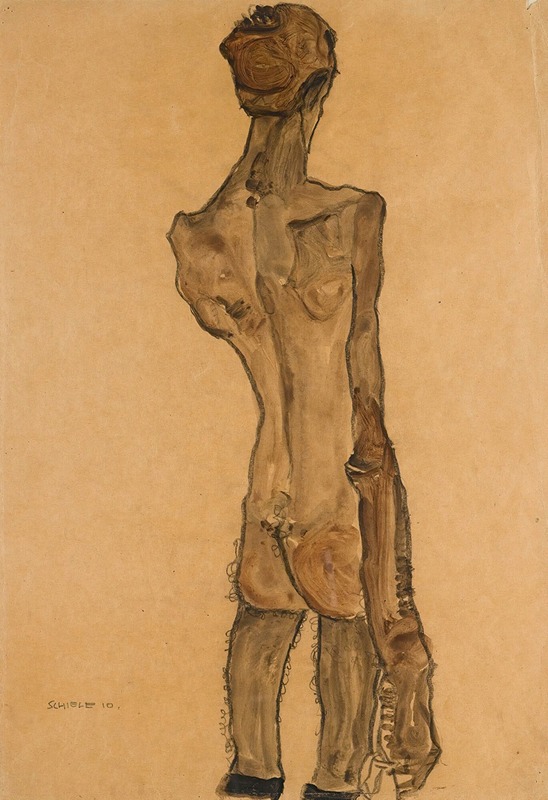
Stehender Männlicher Rückenakt
A hand-painted replica of Egon Schiele’s masterpiece Stehender Männlicher Rückenakt, meticulously crafted by professional artists to capture the true essence of the original. Each piece is created with museum-quality canvas and rare mineral pigments, carefully painted by experienced artists with delicate brushstrokes and rich, layered colors to perfectly recreate the texture of the original artwork. Unlike machine-printed reproductions, this hand-painted version brings the painting to life, infused with the artist’s emotions and skill in every stroke. Whether for personal collection or home decoration, it instantly elevates the artistic atmosphere of any space.
Egon Schiele, an Austrian painter known for his distinctive and often provocative style, created the artwork "Stehender Männlicher Rückenakt" (Standing Male Nude from the Back) in 1910. Schiele was a prominent figure in the early 20th-century Austrian art scene and is often associated with the Expressionist movement. His work is characterized by its raw emotional intensity, bold lines, and exploration of the human form.
"Stehender Männlicher Rückenakt" is a compelling example of Schiele's interest in the human body and his ability to convey complex emotions through minimalistic yet powerful compositions. The painting depicts a male figure standing with his back to the viewer. The figure is rendered with Schiele's signature use of sharp, angular lines and a limited color palette, which emphasizes the contours and musculature of the body. The starkness of the composition draws attention to the tension and vulnerability inherent in the human form, a recurring theme in Schiele's work.
Schiele's approach to the nude was revolutionary for his time. Unlike many of his contemporaries, who often idealized the human body, Schiele presented it in a more realistic and sometimes unsettling manner. His nudes are often depicted in unconventional poses, highlighting their fragility and the psychological depth of his subjects. This approach challenged traditional notions of beauty and propriety in art, contributing to Schiele's reputation as a controversial and avant-garde artist.
The year 1910 was a significant period in Schiele's career. It marked his departure from the influence of his mentor, Gustav Klimt, and the development of his unique artistic voice. During this time, Schiele began to experiment more boldly with form and composition, as seen in "Stehender Männlicher Rückenakt." This painting, along with others from this period, reflects Schiele's fascination with the human condition and his desire to capture the essence of his subjects beyond their physical appearance.
Schiele's work, including "Stehender Männlicher Rückenakt," was not always well-received during his lifetime. His candid portrayal of nudity and sexuality often provoked criticism and controversy. However, his innovative approach to art and his ability to convey deep emotional truths have since earned him recognition as one of the most important artists of the Expressionist movement.
Today, Egon Schiele's artworks are celebrated for their emotional intensity and technical mastery. "Stehender Männlicher Rückenakt" remains an important piece within his oeuvre, exemplifying his skill in capturing the complexities of the human form and psyche. Schiele's influence can be seen in the works of later artists who similarly sought to explore the depths of human emotion and experience through their art.





